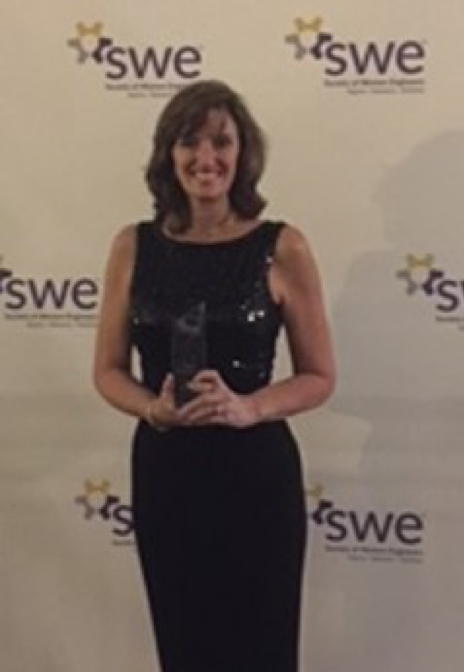Booz Allen Principal Holly Rollins Talks Keeping Pace with Cyber

This piece profiles Holly Rollins, a principal senior director leading Booz Allen’s aerospace cyber business and Denver office. Prior to joining Booz Allen, she received an MBA in finance, and for the past 24 years she has brought this expertise to cyber business development and capability generation across the aerospace sector. Read more about Holly’s cyber journey and her advice for inspiring young women toward STEM careers, below.
What are you working on right now?
Currently, I’ve been collaborating with the cyber team in the firm’s R&D group specifically, to try and scale our cyber capabilities. We’re very strong in advance cyber defense, but we’re really trying to bring more to the game when it comes to building resilient platforms for weapon systems, securing other non-traditional IT assets, and electronic warfare.
How did you get involved in cybersecurity?
The two typical career paths for an MBA in finance are investment banking and consulting, and I chose the latter, which led me to Booz Allen. In the late 1990s Booz Allen had won a job with the President’s Commission on Critical Infrastructure Protection, specifically around the banking and finance infrastructure.
I was given the opportunity to support this effort and prove a business rationale to large commercial banks across the sector that investing in security was a smart and strategic investment that would cost much less than reconstituting after a hack or breach.
During that time, we were protecting the entire U.S. economy and the problems were so big I was blown away! It was at that moment I realized that I wanted to work for a company where we take on our clients’ toughest challenges and are trusted to solve them. We had pulled experts from the banking sector and security, and we all worked together proving that it really does take a village.
What do you need to be successful in cyber today?
Cyber is extremely dynamic and ever-changing. While today’s focus is on digital, cyber, artificial intelligence (AI), and big data, tomorrow’s will be something entirely different. I spend a lot of time researching staying up on technology trends to include understanding threat landscapes and reading up on what’s affecting people’s networks to understand where those threats and challenges are coming from. This research helps us define and design better next generation solutions.
You also need to be passionate about the client’s mission and have extreme empathy for the challenges and pressures they’re facing. All of our clients have very unique mission challenges, and when we bring tremendous empathy to that, it opens our eyes as problem solvers and we’re able to better address their challenges.
How can we get more women into STEM careers?
We need young girls to catch the vision. I love showing young girls and women how exciting a career in STEM could be: building relationships, contributing to solving tough challenges, the amazing growth path due to the dynamic nature of the field.
If I could wave a magic wand, I would pump resources in elementary school math and science and make it a lot more hands-on and experimental. By age 12–14, a lot of girls are either going to be inspired by challenges and believe they can academically hang with STEM, or not. It’s about exposing them to more positive role models and changing the scripts they hear.
Many of the things that have defined my happiness and my career at Booz Allen are available to any girl that would like to pursue a career in STEM. It’s exciting, I work with high caliber professionals, and no two days—or two years—are the same.
Learn more about Booz Allen’s key women in cyber and tech, here.

